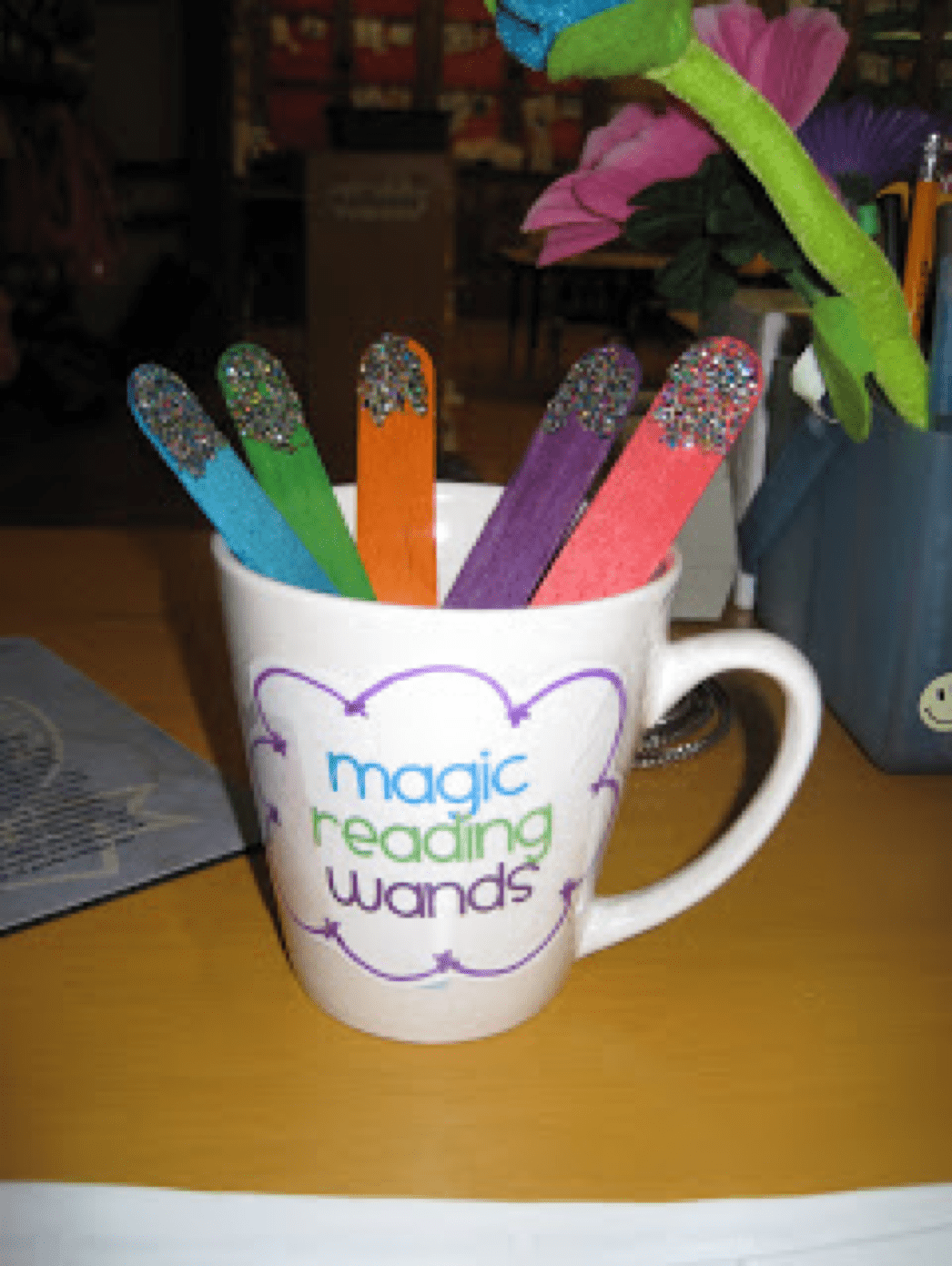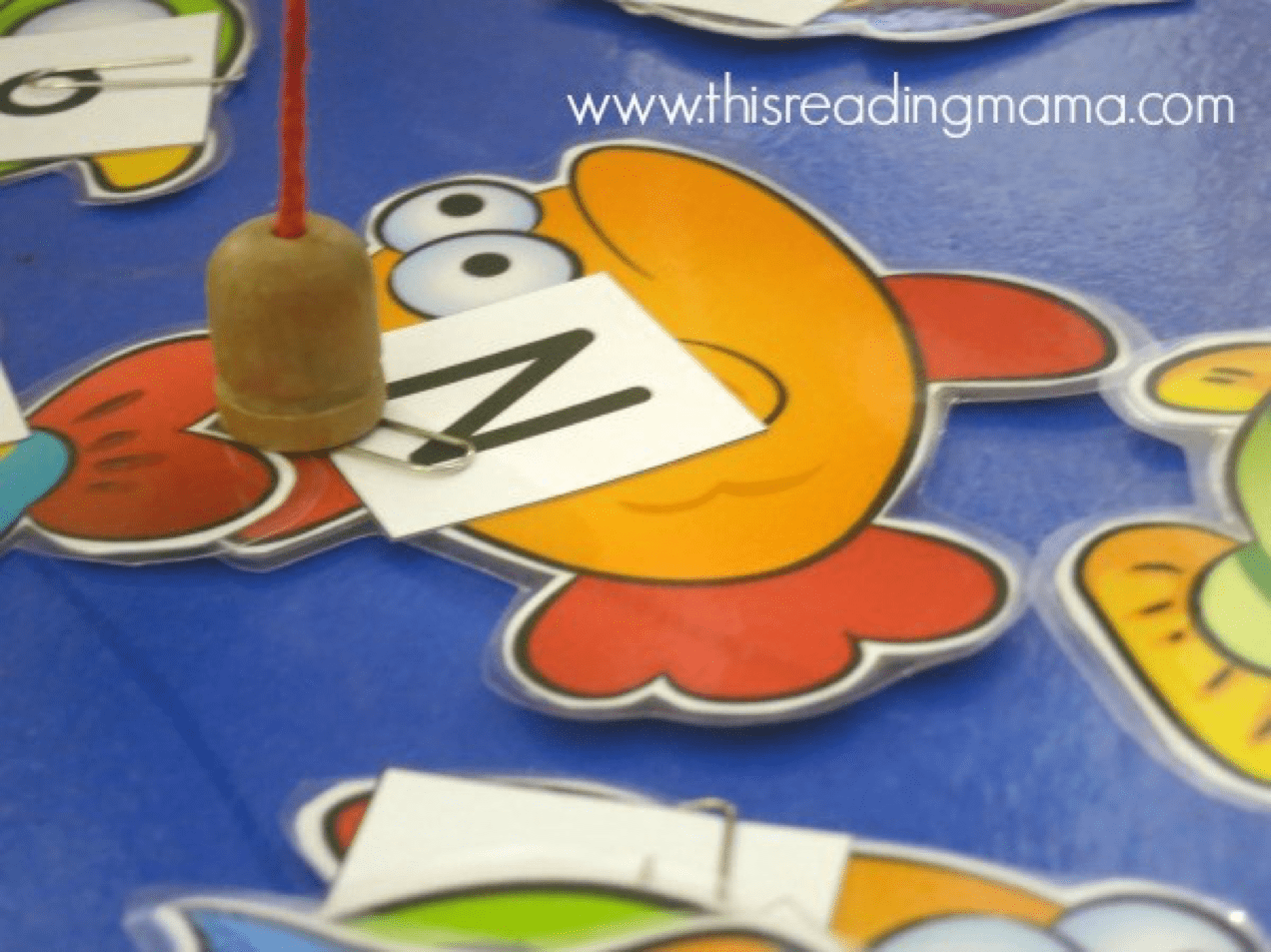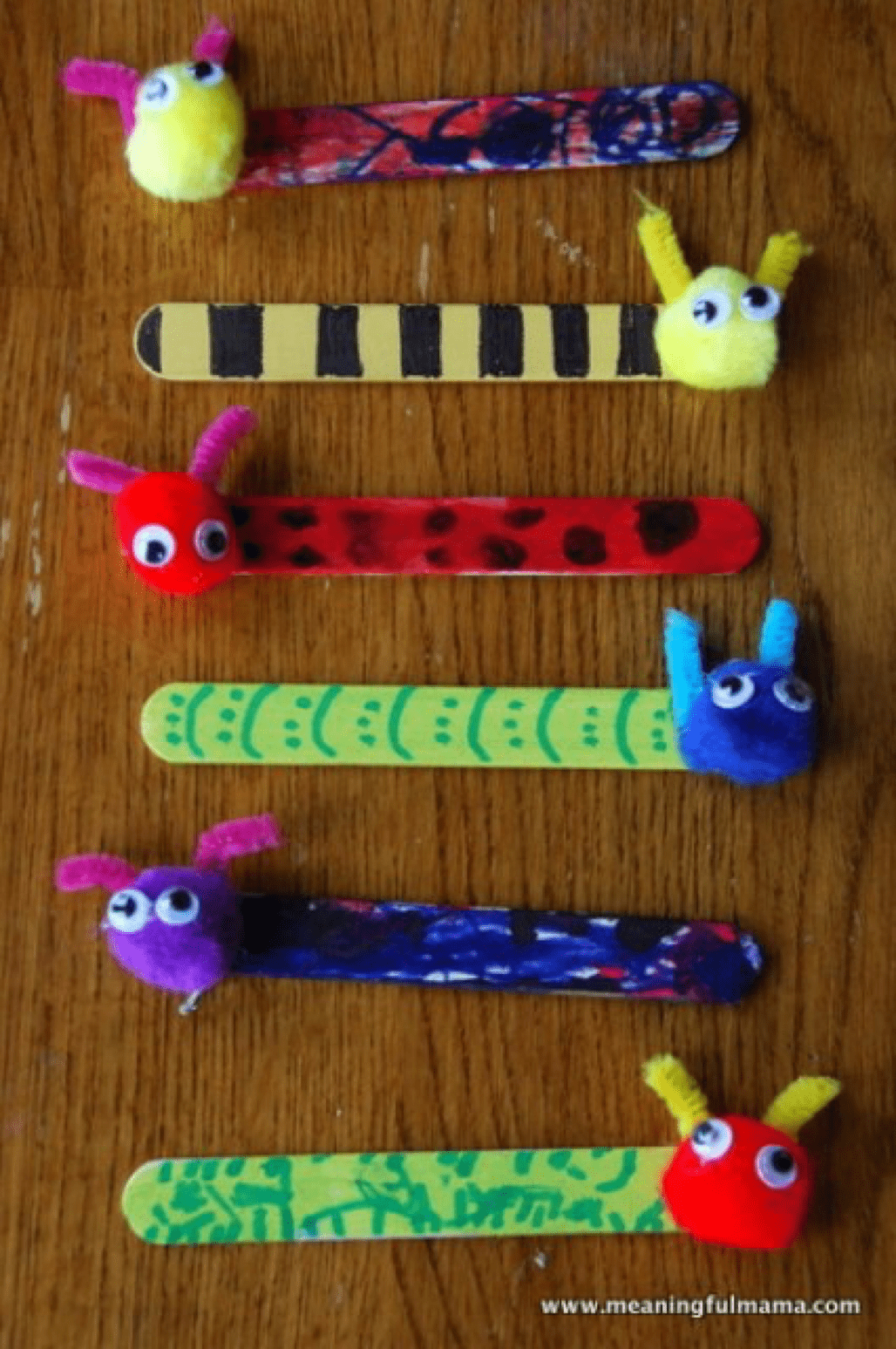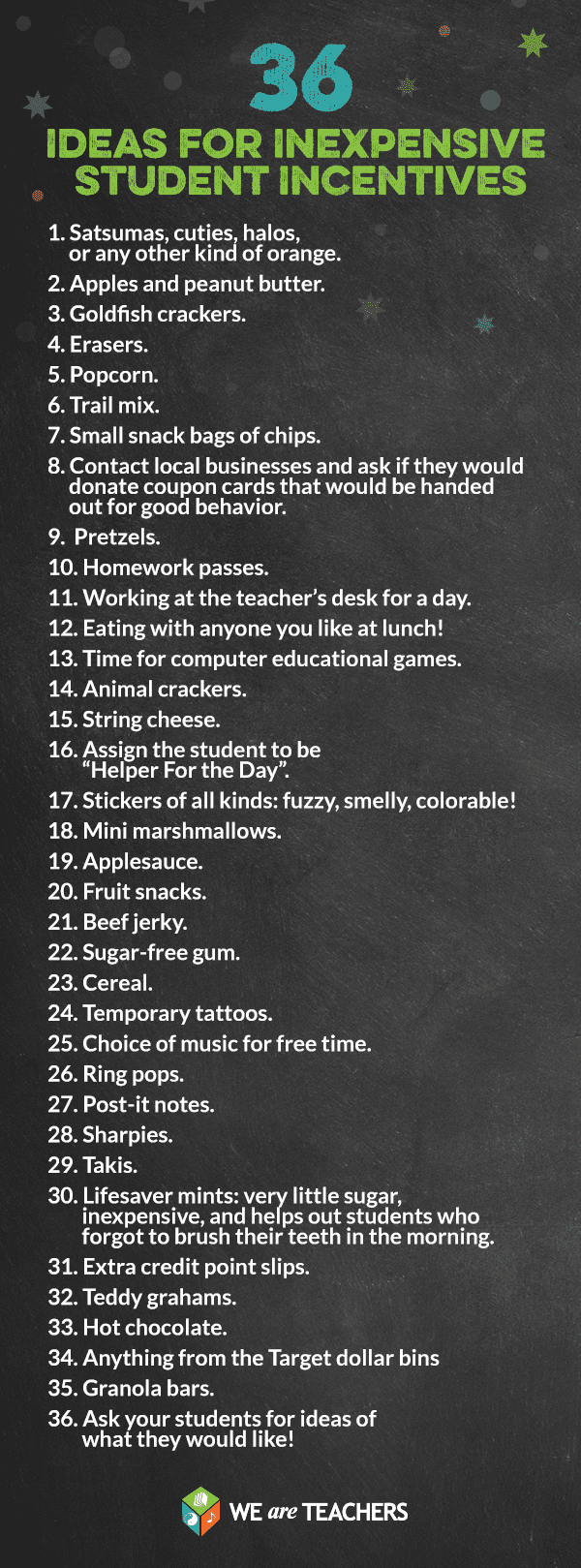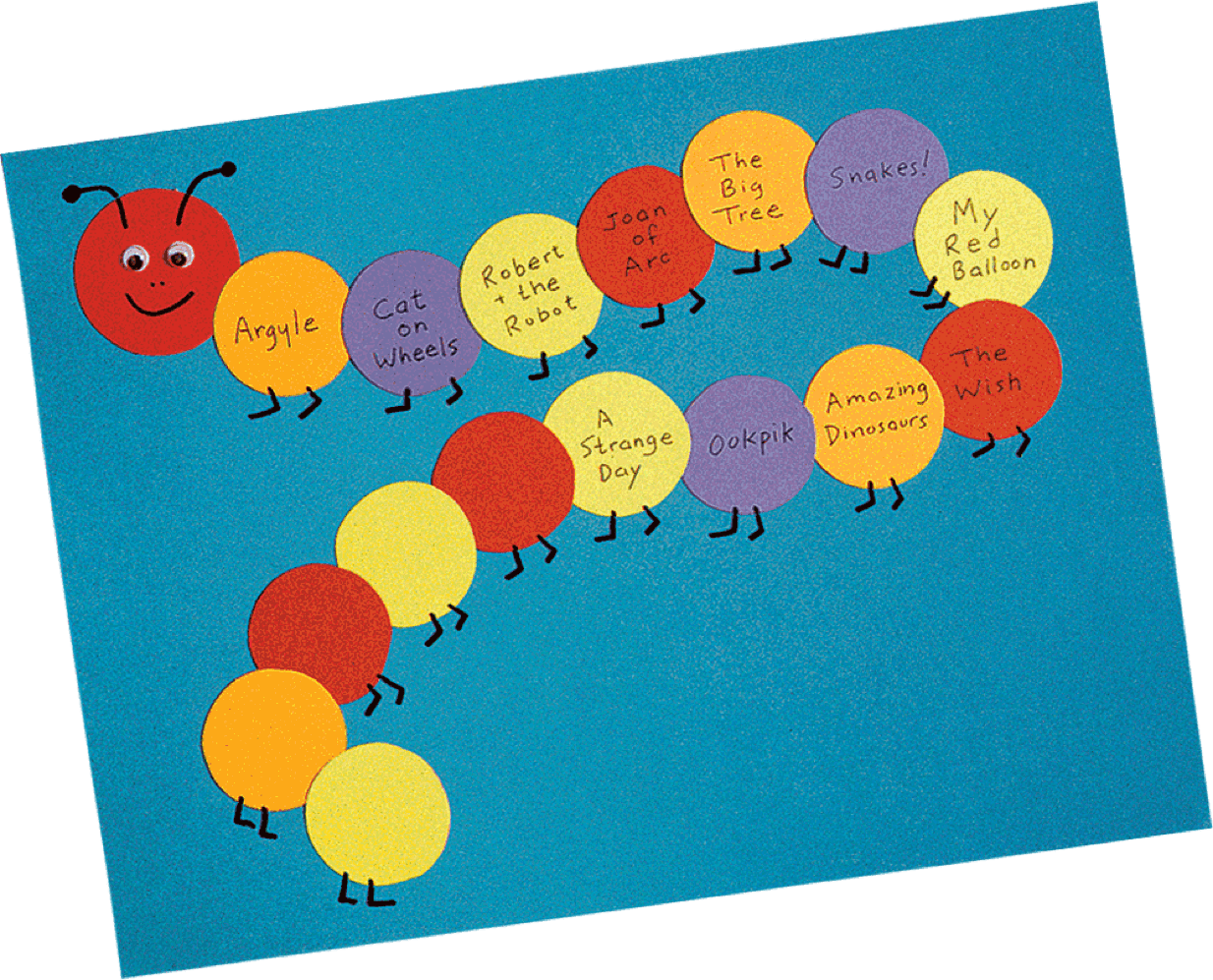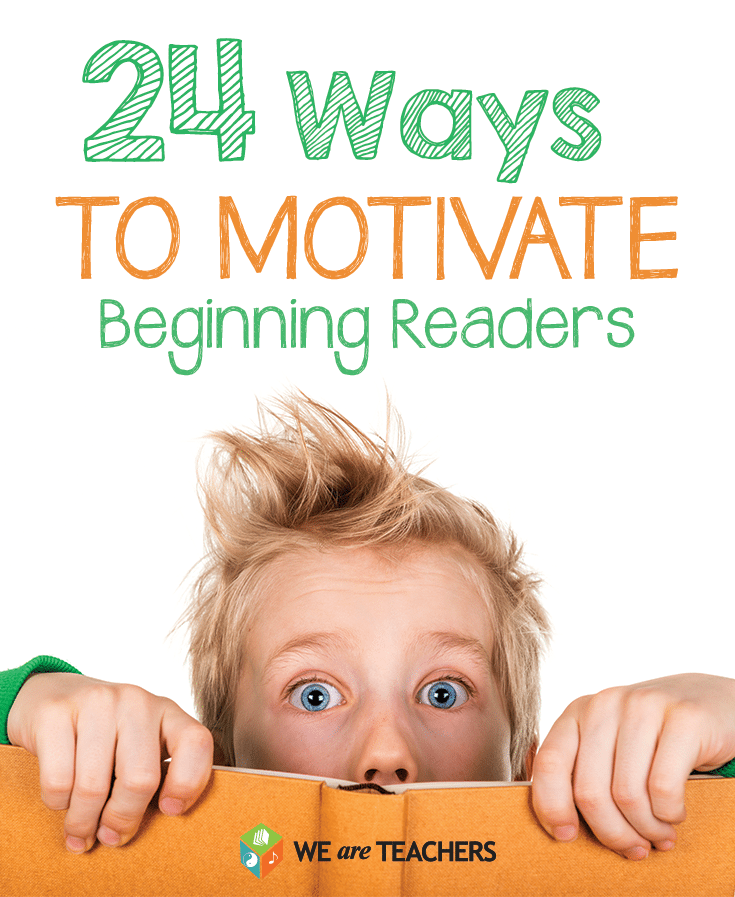Many kids come to school excited about learning to read, but it can be tricky to maintain that early momentum. We’ve collected 24 of our favorite ideas to motivate beginning readers on the first day and every day afterward.
1. Read aloud every day.It just takes a single story to captivate a child and propel him or her forward in reading. We share some of the best books to read aloud here, and many of them are perfect to motivate beginning readers.
2. Make thematic connections.Making connections is what good readers do. A better understanding of the underlying concepts makes comprehension easier. If you can find read-aloud books and other activities to tie into key curricular themes, students will have an easier time decoding and comprehending words when they encounter them in books.
3. Track progress.Kids love to see when they’ve made progress. Track their growth and share it with them periodically. When you can show children that they’ve actually learned 10 letters and sounds just since the beginning of the year, that will motivate them to learn the next 10. 4. Try a magic wand.Some teachers give their kids specialized pointers with each new book they read. Mrs. Jones’s Class gives her kids “Magic Reading Wands” that they use to help with tracking.
5. Use interactive books.Kids can go more deeply with books when they are listening to them and interacting with them. Many digital texts, like these from Superkids, let the reader interact with the content. When kids listen to and interact with books, comprehension skills improve. 6. Fish for letters.There’s nothing like turning learning into a game to keep kids motivated! Even something as simple as fishing for letter sounds can keep kids interested in moving forward.
7. Visit the library.Even if you have a huge classroom library, a trip to the public library can add a little bit of special magic. Many libraries offer fun programs to motivate readers, especially during the summer months. 8. Make it social.Encourage kids to partner-read or share books together. Some kids will learn better when they’re immersed in the words with a friend. Ask kids to take turns reading aloud to one another while you’re working one-on-one with other students. 9. Keep a stash of wordless picture books.Your emergent readers will even benefit from books without words. As they work to craft the story in their own mind, they’ll be building comprehension skills. 10. Invite kids to share books from home.Show-and-tell and all of its variations is a big deal in the younger grades. Putting student books on display elevates books to a place of honor in the classroom. We don’t want to encourage disagreement, but we will admit to being a little pleased when minor conflicts erupt just because five different kids want to read the same “special” book—all because it was brought in for show-and-tell. 11. Make bookmarks.We love these bookmarks from Meaningful Mama, but bookmarks don’t even have to be this cool to get kids excited. We’ve watched kids totally beg for bookmarks printed on colored cardstock.
12. Have a Pajama Day read-in.Schedule a day for kids (and teachers!) to come to school in their cozy jammies. Spend time curled up listening to stories and reading good books. Some teachers we know even serve special treats like hot chocolate! 13. Use technology.There are so many apps out there for teaching reading, we couldn’t even begin to list them all! Here are a few apps that are specifically designed to motivate readers. The first five on our list are especially suited to motivate beginning readers. 14. Use incentives.Sometimes a little incentive in the beginning can be the key to triggering a lifelong love of reading. Our Teacher Helpline readers recently helped us put together a list of inexpensive incentives for students. These won’t break the bank, but they will help get kids reading.
15. Add value to books by making them the incentive.Buy inexpensive books for your treasure box. Give them away as birthday gifts, holiday gifts or even as incentives for making reading progress. If your kids see that you value books enough to give them as prizes, they will start to value them too. 16. Invite authors to school or have a virtual field trip with one.We’ve loved all of our virtual field trips, and our kids have too. Some authors will set up Skype chats with classes. Meeting an author “face-to-face” (or at least “screen-to-screen”) has a way of bringing their books to life. Check out this list of authors who do virtual visits for ideas. 17. Do an author study or pick a series.Have you ever gotten “stuck” on an author and read one book after another by that author (James Patterson, J.K. Rowling, Janet Evanovich …)? It’s human nature to stick with what we like. You can introduce an author that has a whole collection of books to your class. Read a couple of your favorites, and you’ll likely have kids clamoring to read the rest of the collection! Need some ideas for getting started? We have Pinterest boards with activities for some of your favorite authors: 18. Don’t forget nonfiction!This is the hook for some kids! Lots of kids love stories, but some kids will be totally motivated to read if they know the words will give them the key facts about that sea creature that has completely captivated their imagination. 19. Incorporate reading into their play.The youngest learners still do their best learning through play. If you can weave reading into their playtime, you’ll be surprised at what they can accomplish. Put menus out in the dramatic-play area. Provide grocery lists in housekeeping. Make sure your block area has road signs and billboards. 20. Create a cozy reading nook in the classroom.We will never ever forget the cozy, pillow-filled antique bathtub that served as a reading nook in our own second grade classroom. We begged for reading time in that bathtub! Creating an inviting space for reading can be what entices your students to curl up with a good book. We have a list of some of our favorite reading nooks here. 21. Make your classroom print rich.When there are words all around them, kids can’t help but learn a few! Label everything with words. Keep word lists for everything: sight words, vocabulary words, hundred-dollar words (fancy big words) and writing words. Call attention to words whenever you can. 22. Find an older grade to be reading buddies with.(Or a younger grade if your beginning readers are a little older.) Some of the sweetest moments in teaching come when you can watch older (perhaps former) students read their favorite stories to younger beginning readers. The older readers swell with pride and the younger readers are bursting with admiration. Win-win. 23. Keep a class list of books read.We’ve had students who have been entirely motivated to read simply by being offered the privilege of adding little circles to a classroom bookworm that stretches around the room. Each student lists each of his or her completed books on a bookworm body part (or on a scoop of ice cream on a cone, or leaves on a tree) and by midyear, the bookworm nearly circles the room. Some teachers offer an ice cream party if enough books are read, others let intrinsic motivation take hold and watch kids keep plowing through books. Here’s just one example from Pinterest.
24. Point out what they’re doing right!With this many ideas, your kids are bound to start making progress, which leaves you with one of the most important tasks of all: Be sure to let kids know when they’re getting it right. Offer specific praise that pinpoints effort. “I like how you’re working so hard” or “Wow, you’ve spent a lot of time practicing this week.” A little encouragement goes a long way. Find out more about how to get motivate beginning readers. Check out Superkids lesson samples and interactive reading materials here. Check out our 20 Anchor Charts to Teach Phonics and Blends.
|



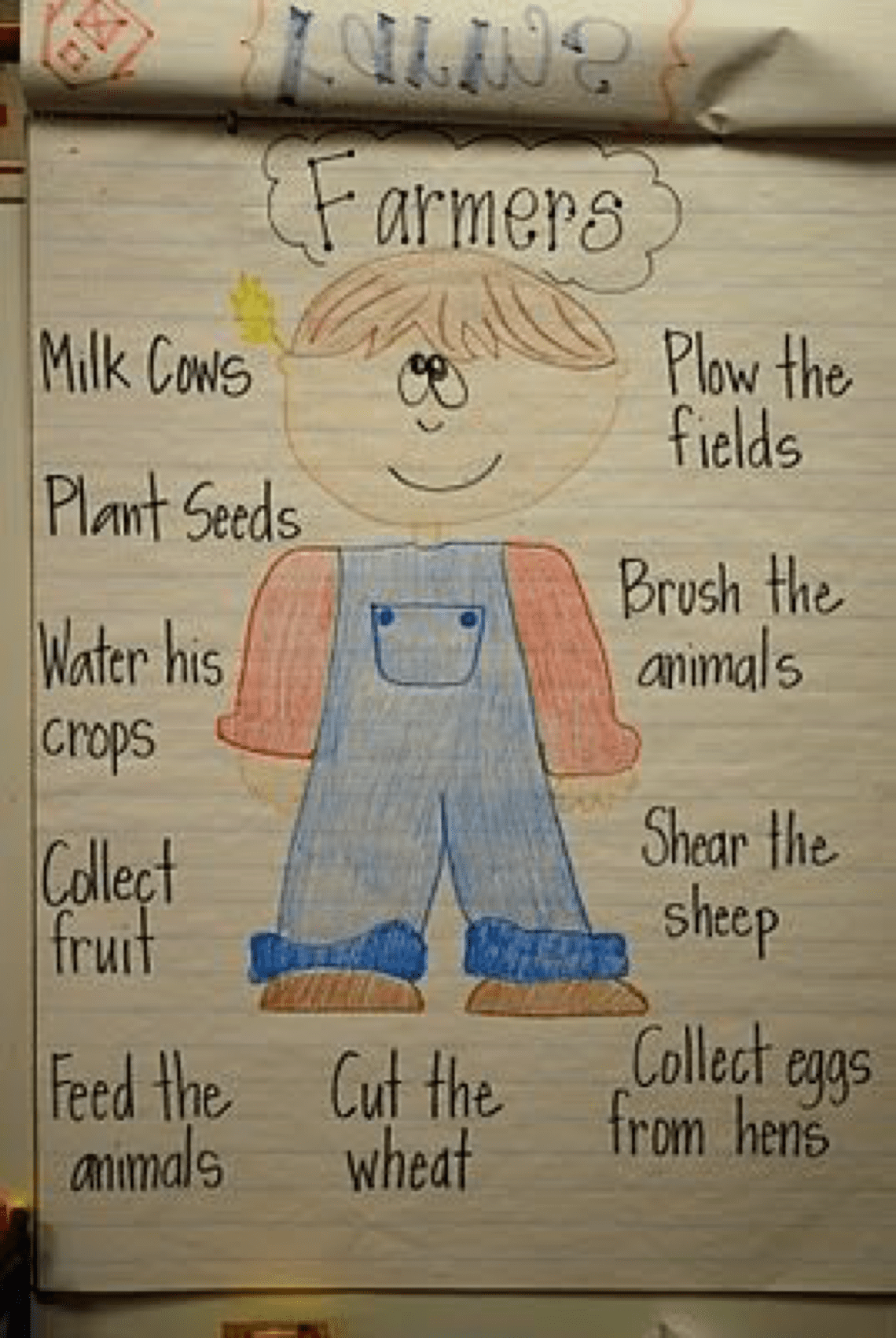 (Source:
(Source: 